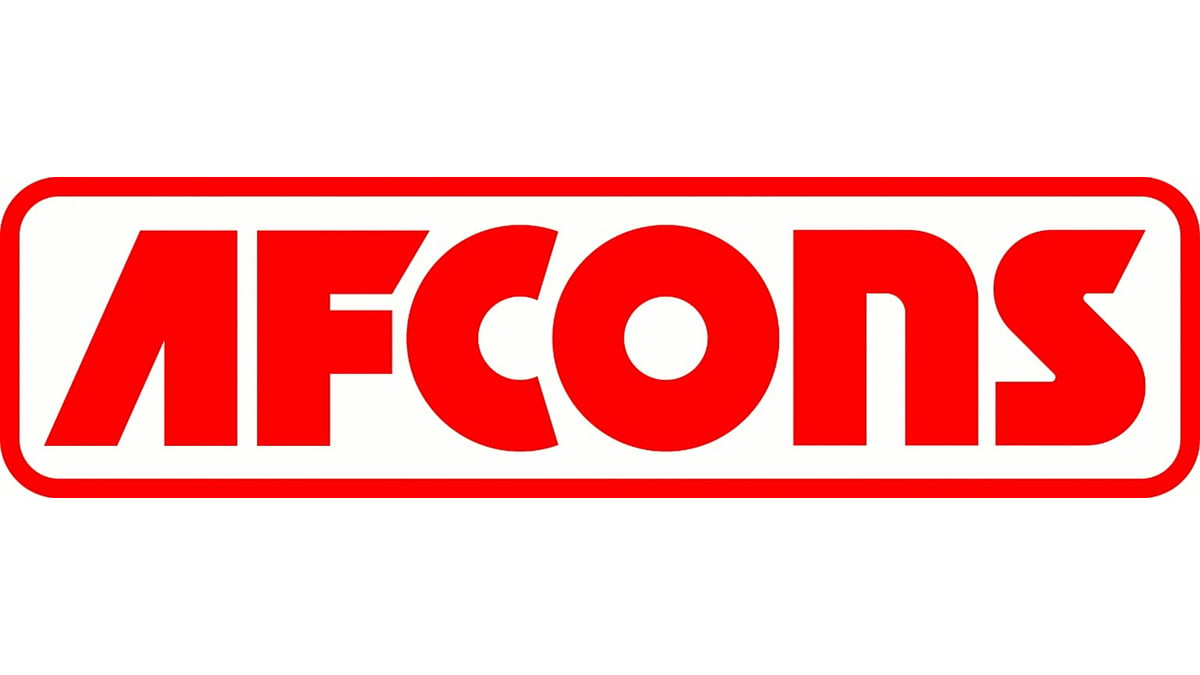Blockchain came into the limelight with the introduction of digital currencies – BitCoin and Ethereum. These currencies played a crucial role in powering the growth of the fintech industry while giving a push to the widespread adoption of digital transactions.
The role of Blockchain transcended cryptocurrencies and continuing to stay ahead in facilitating safe and secure landscape digital transactions. As per the recent estimates, over 40 billion digital transactions worth more than quadrillion Indian rupees were recorded in India.
To tackle the enormous amounts of digital transactions, fintech companies rely on Blockchain and create a secure digital landscape.
Before the advent of Blockchain, intermediaries and third parties dominated the traditional credit processes. These parties created a layer of trust and protection but charged high fees. In addition, there were more layers of complexity and regulations in the process that restricted lower-income groups to have access to safe credits.
Considering the nature of Blockchain’s design, the technology is unbiased and decentralized. It makes the process of transferring the funds or any asset from one person to another directly. The elimination of third-party validation resulted in peer-to-peer lending that created new heights in the lending and borrowing process.
Evolution of traditional lending process
The traditional lending models created gaps in the lending process due to their inability to effectively assess the credit. Further, the process was followed by a tedious task consuming a lot of time in documentation and evaluation.
To promote financial inclusion, new-age lending firms have started leveraging Blockchain technology to possess the ability and agility to utilize alternate data points. Mainly the digital lending platforms are providing instant personal loans to salaried individuals and the self-employed.
The companies follow a tech-based credit evaluation approach to process loan approvals. From checking the eligibility fit to the application to disbursement and repayment of the loan, the entire loan process is online. These platforms are stimulating advanced technology to make the process in a more refined manner. This helps customers access credit solutions directly from their smartphones into their bank account without any requirement of paperwork, physical branch visits or intermediary.
This approach also enables the platform to serve first-time loan seekers as well as gig workers who do not have a regular income. Leveraging alternate lending data points apart from salary and bureau scores, these platforms can disburse to young professionals who are new to credit and to those who are non-salaried like the gig workers. including part-timers, freelancers and self-employed.
Apart from loan disbursals, the company’s collections practices too have become tech-enabled. The process uses robotics, automation and many other advanced techniques in addition to calling agents that vastly improves the reach of the customers and opens a myriad of options to use for collections.
Distributed ledger technology for credit risk modeling
The innovation of Blockchain as technology plays an integral role in alleviating the challenges of the traditional lending process mainly in the verification of identities. On the contrary, Blockchain is based on distributed ledger technology that decentralizes and secures the customers’ data. Simply, it works by keeping the customer data in a distributed ledger instead of centralized storage that also reduces cyber-crime risks.
Given the Blockchain infrastructure, the profiling of customers becomes accurate, secure and private. Furthermore, all network participants get access to information and record of transactions without affecting the customers’ privacy.
The technology of distributed ledger eliminates duplication of record maintenance resulting in the reduction of cost and time involved in the process. Moreover, Blockchain is based on immutability which means no participant can tamper with the transaction recorded in the distributed ledger. However, if an error occurs while maintaining the record, it needs to be added to error reversibility which stays visible.
Summary
The arrival of Blockchain ensures trust, security and efficiencies in the lending and borrowing process. The transparency, accuracy and timely record of financial data improves credit risk assessment.










